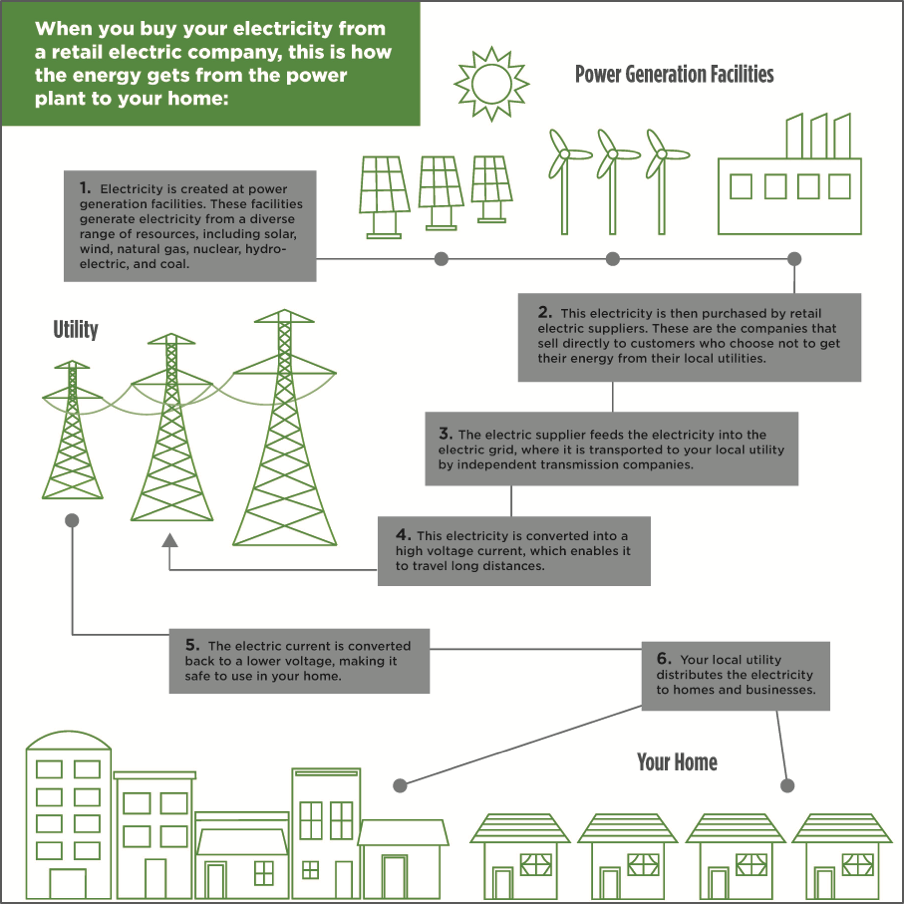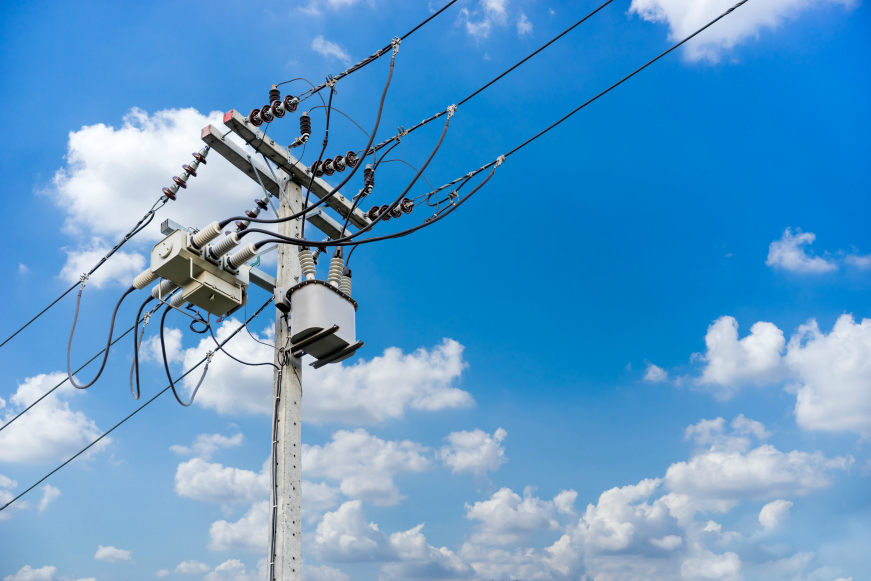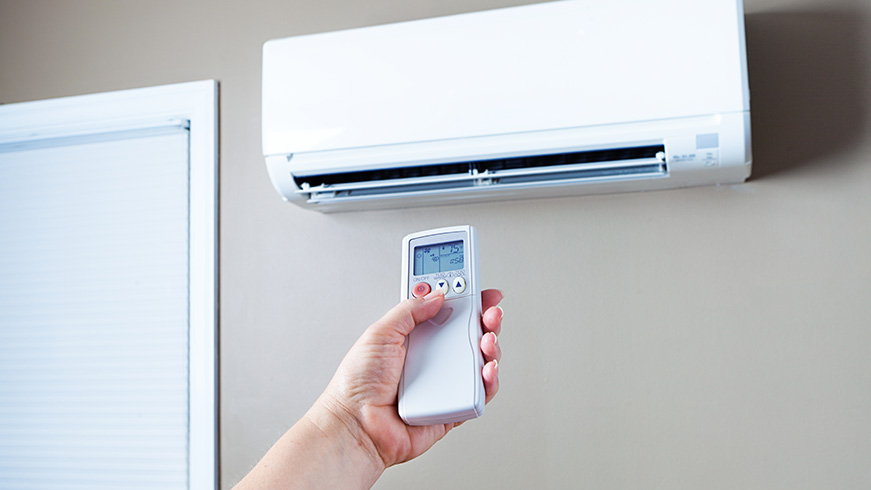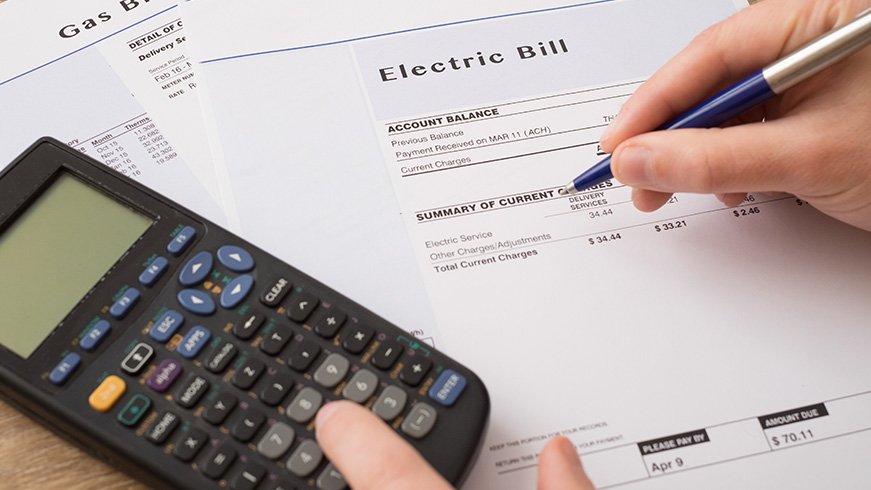Like most utility services, our electrical supply isn’t something we usually think about until something goes wrong. But once it does, you may have a few questions about how the process works:
- Where does my electricity come from?
- Who supplies my electricity?
- How does electricity get to my house from the power plant?
- Who is responsible for my energy along the way?
- What’s the difference between my utility and my electricity supplier?
- Who should I call when there’s a problem?
The answers to these questions depend on a few things. First, do you live in a state with regulated or deregulated electricity? You can read more about electric deregulation here.
In many states, your utility provides all services related to electricity:
- Generating electricity at power facilities
- Transmission from the electricity generation plant to the utility
- Distributing electricity to your home
- Power line repair and maintenance
- Power outages and emergency repair
- Reading your electric meter
- Calculating and sending your electric bill
But if your state has a deregulated energy market, you have the power to choose where your electricity comes from. This means you can get your energy supplied by a retail electricity company rather than the utility.
If you take advantage of retail choice, an energy provider rather than the utility is responsible for buying electricity from power plants and getting it to your utility. The utility will still handle all other services like distribution, maintenance, and billing.
Electricity transmission:
Transmission lines carry electricity at high voltages, allowing it to travel long distances from power generation plants to local utilities. However, high voltages also make the electricity too dangerous to use in your home. Transmission is handled by independent companies called Independent System Operators (ISOs) and Regional Transmission Organizations (RTOs).
Electricity distribution:
Once the high voltage electricity reaches the utility, it must be converted to a lower voltage to make it safe to use in homes. The utility transports this lower voltage electricity to homes through distribution lines, which travel shorter distances than transmission lines.
Your utility sets the charges associated with delivering and servicing your electricity supply. If you get your electricity from a retail energy provider, the electricity supply portion of your bill will be set by your electricity supplier. The supplier will set the price of the supply portion while your utility will handle the rest.
The relationship between energy suppliers and utilities can be tricky to understand, so we’ve made a diagram to help you understand how it works:

Regulation: How it keeps you safe
Just because the electricity market has been deregulated doesn’t mean that companies are free to do whatever they want; electricity is still regulated in a number of ways, in some aspects even more so than before.
There are several regulatory bodies that keep an eye on the energy industry. Their job is to make sure that customers are being treated fairly, that the electric supply is reliable, and that there is enough electricity to meet the customers’ needs.
Who regulates utilities?
Public Utility Commissions (PUCs) put regulations in place to make sure that even in the event of a utility’s bankruptcy or other financial disasters, the customers will still get reliable service. They also regulate electricity rates, making sure the price is reasonable for both the consumer and the utility.
The National Association of Regulatory Utility Commissioners (NARUC) is an association of PUCs that regulate utilities at the state level. If you visit the NARUC website, you can see a list of regulatory bodies for each state and find out who’s in charge of regulating your utility.
Who regulates energy providers?
While PUCs regulate utilities, the Federal Energy Regulatory Commission (FERC) is responsible for overseeing the retail energy market.
FERC has strict regulations for power companies that sell electricity at market-based prices. These regulations are meant to protect consumers against monopolies and deceitful practices. In order for power companies to sell electricity, they have to pass a series of tests to ensure that they comply with reliability standards, aren’t manipulating the market, and don’t have too much vertical or horizontal market power. These rules are meant to protect you against price hikes, fraud, and electricity shortages.
If you feel your rights as a consumer are being violated, you can file a complaint with any of these regulatory bodies.
Who do you call?
Now that you know who does what in the energy supply process, who should you contact if you need anything?
Call your utility if:
- There is a power outage
- You have questions or concerns regarding the reading of your electric meter
- You need to speak to someone about billing
- There is an emergency situation requiring repair or maintenance (such as a storm or fallen tree)
Call your electricity supplier if:
- You would like to change or cancel your plan
- You would like to start a new plan
- You have questions about products and services
As the energy industry is deregulated, the relationships between government agencies, regulatory bodies, utilities, and independent companies have become increasingly complex. All of these parties play a role in making sure that electricity travels from the power plant to your home in a safe and reliable way, and we hope this article has shed a little transparency on that process.



